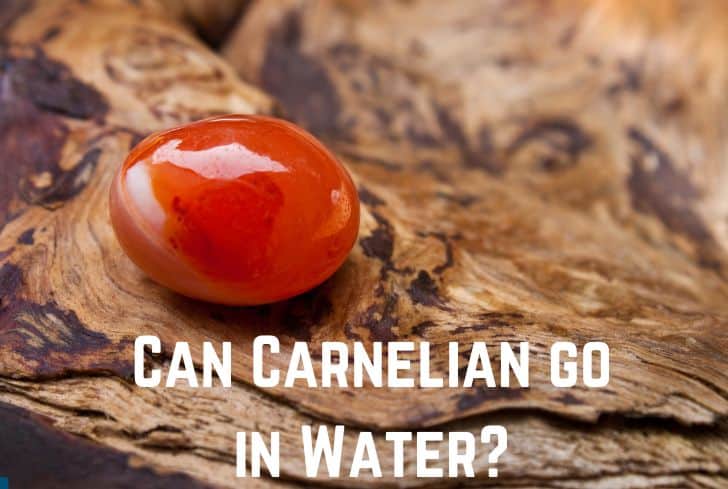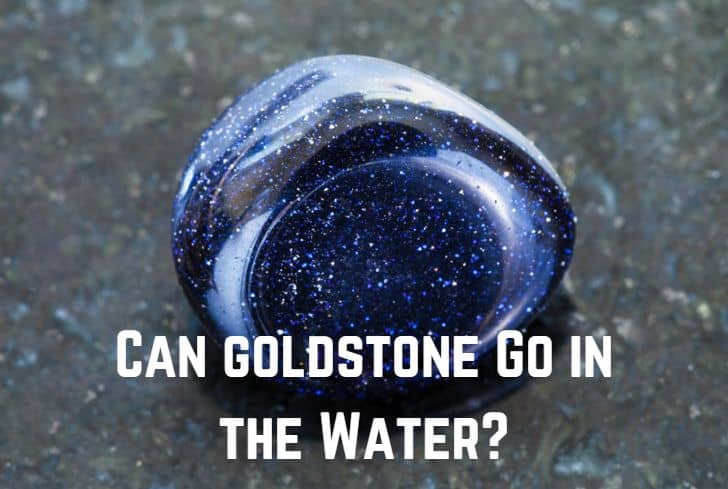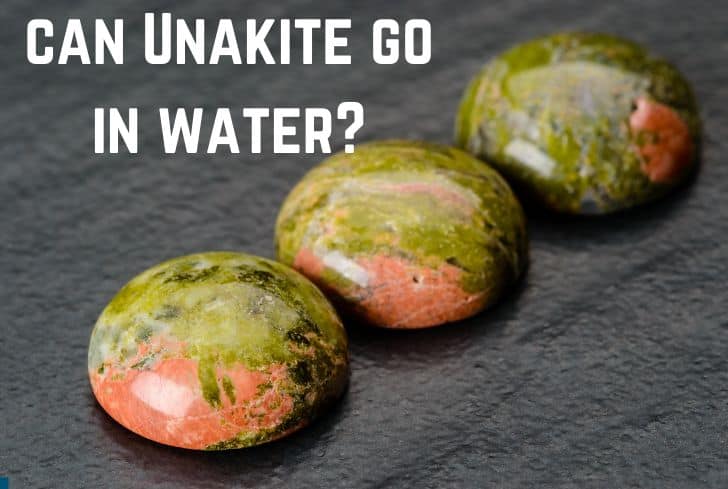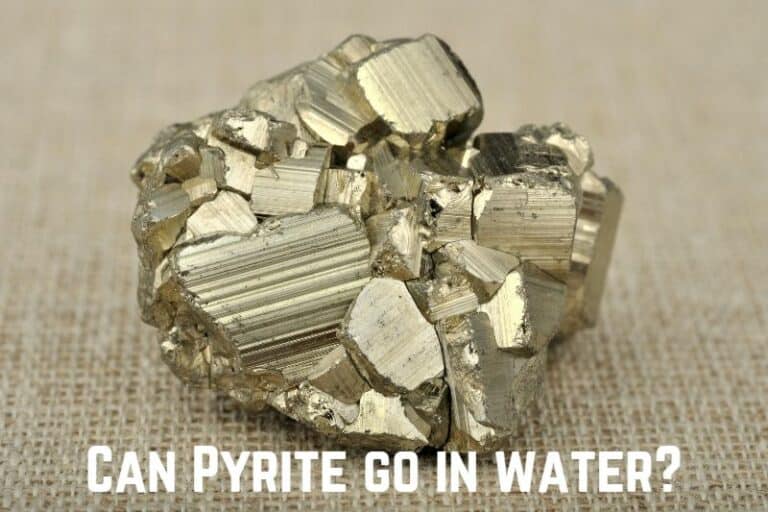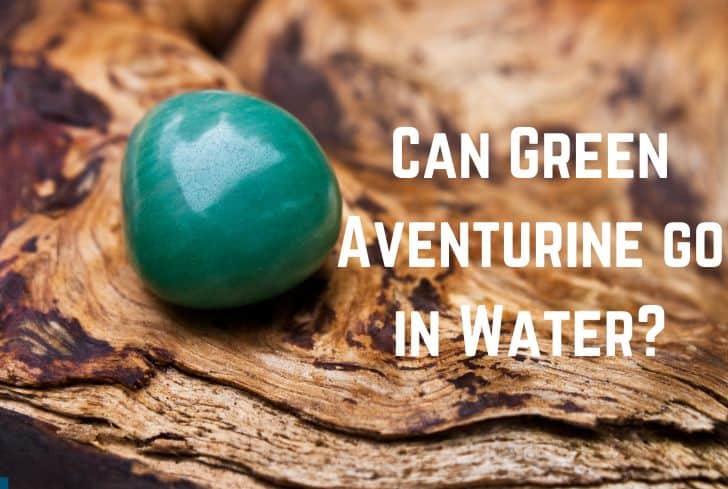Labradorite vs Moonstone (Detailed Comparison)
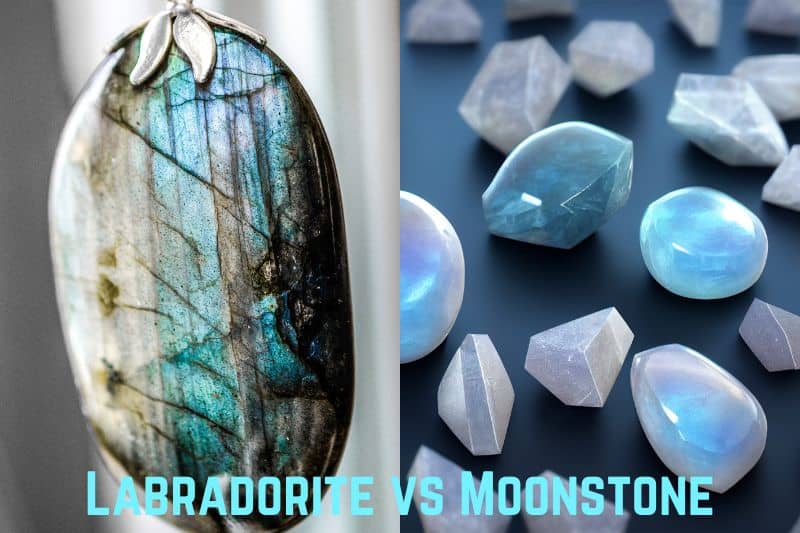
Labradorite and moonstone are beautiful gems widely used in jewelry and for spiritual purposes. Their appearance and a few other similar features can often cause them to be confused. However, the two stones also differ in significant ways.
This article will examine the similarities and differences between Labradorite and Moonstone. We will do this by comparing their properties, such as chemical composition, pattern, metaphysical associations, etc. Finally, we will also learn about their uses and how to care for them.
Read: Opalite vs Moonstone (Differences & Similarities)
What is Labradorite?

Labradorite is a mineral that belongs to the plagioclase feldspar group. It is known for its iridescent play of colors, which can range from blue and green to gold and purple. Labradorite is often used in jewelry and decorative objects due to its unique appearance.
It is also used in metaphysical and spiritual practices, as it is believed to have properties that promote intuition, protection, and self-discovery. Labradorite can be found in various locations worldwide, including Canada, Madagascar, and Finland.
What is Moonstone?
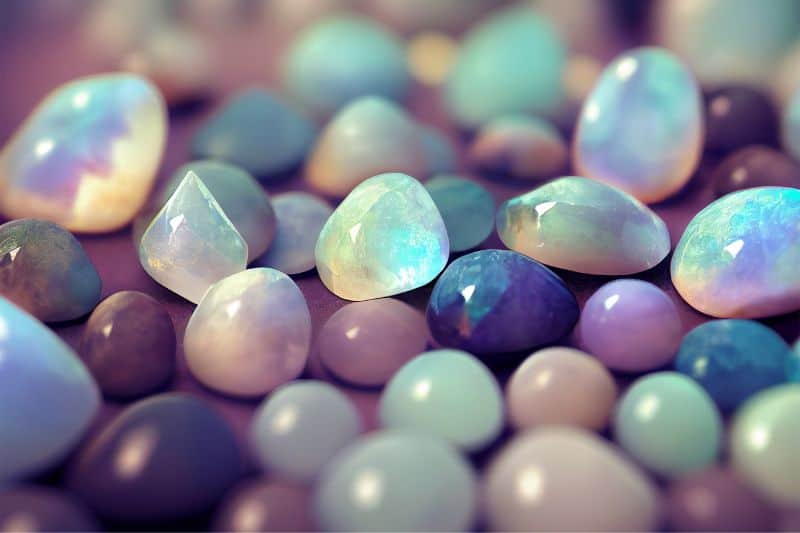
Moonstone is a type of feldspar mineral that is known for its iridescent sheen and soft, milky appearance. It is typically white or cream-colored with a blue or rainbow-like glow, and is often used in jewelry and decorative objects. Moonstone is found in various locations worldwide, including Sri Lanka, India, and Madagascar.
In metaphysical and spiritual practices, moonstone is believed to have properties that promote emotional balance, intuition, and inner growth. It is often associated with the moon and feminine energy and is said to help with fertility, pregnancy, and childbirth. Moonstone is also believed to be a protective stone, helping to deflect negative energy and promote positive energy flow.
Similarities Between Labradorite and Moonstone
Labradorite and moonstone are similar in the following ways:
- Formation: Both labradorite and moonstone are created by intense heat and pressure deep in the Earth’s crust. They are made up of unique layers of minerals, which cool down slowly and cause their internal structure to become refractive. Both also have triclinic crystal structures: three unequal vectors that form a non-symmetrical design.
- Appearance: Labradorite and moonstone are often called “sister stones” because of their similar appearance and design. Given their internal structure, both stones display gorgeous iridescence in light. Moreover, one of the most popular colors of moonstone is blue, and labradorite also comes in a blue hue; these two look similar.
- Hardness: Both stones are moderately soft. On the Mohs Hardness Scale, Labradorite and Moonstone have a value of 6 to 6.5. Moreover, their specific gravity values are also quite similar: labradorite’s is 2.7, and moonstone’s is 2.6. Therefore, both the stones also feel very similar upon touch.
Since both stones are made up of feldspar, which constitutes about 60% of the Earth’s crust, they are quite abundant and affordable. They are used extensively in jewelry and for meditative purposes.
Differences Between Labradorite and Moonstone
Chemical Composition
Labradorite and moonstone are both types of feldspar.
Labradorite is a calcic mineral that belongs to the plagioclase feldspar group. A graphite stone is mainly found in mafic igneous rocks like basalt, gabbro, and norite. Labradorite also contains tiny pieces of copper in its composition.
Moonstone, on the other hand, is a member of the orthoclase feldspar group. Two feldspar species, orthoclase and albite, combine to make moonstone. Its exact chemical composition can depend on variety, but it is often represented through the formula of (Na, K)AlSi3O8. Here Na and K denote the combination of sodium and potassium ions, which can vary in proportion.
Color
Color is the main distinguishing factor between labradorite and moonstone.
Labradorite’s most popular variant comes in medium to gray color. However, it can also be green, yellow, orange, red, and blue. In rare cases, some stones are pink, purple, fuchsia, etc.
On the other hand, Moonstone comes in the following color variants: gray, colorless, yellow, brown, green, and pink. Moonstones having blue or colorless sheen are the most valued and expensive.
Hardness
Both labradorite and moonstone have a similar hardness.
Mohs Hardness Scale is a measure of the relative resistance of minerals to scratching. Besides resistance to scratching, the scale also helps us understand a mineral’s relationship to water. A value of 5 or above on the scale means that the mineral can survive underwater.
Labradorite and moonstone both have a value of 6.0 to 6.5 on the Mohs Hardness Scale. This means that they are moderately hard and can be used for jewelry purposes.
However, they are still prone to scratches and damage. Labradorite is relatively soft but is also complex. This makes it tough, so it doesn’t break as easily as many other softer stones. However, it can still be damaged if struck too hard.
Moonstone, on the other hand, is a relatively soft stone. It is prone to scratching, cracking, and chipping. This is why it is best used in jewelry that gets less wear and tear, such as earrings, pendants, or necklaces.
In case the stones are damaged, they can be polished at a jeweler’s shop. Their hardness also indicates that they can survive underwater.
Clarity and Pattern
Both labradorite and moonstone display beautiful shimmering effects, although in different ways.
Labradorite stones show a unique glimmer (Schiller effect) that is called labradorescence. It’s not exactly a display of colors reflected from the surface of the stone. Instead, it is caused when light enters the stone, strikes a twinning surface within it, and bounces off it.
Different twinning surfaces exist in various parts of the stone, and the light reflected from each of them gives the stone a beautiful multi-colored look. Check out this video showing the labradorescence effect.
Moonstone, on the other hand, is known for its adularescence. Moonstone is made up of two feldspar minerals (orthoclase and albite) that are stacked in layers. When light shines on the stone, these thin, flat layers uniquely scatter the light.
This causes a gorgeous shimmering glow that moves across the gem and even changes its look as you move the stone. This resembles the appearance of the moon on a cloudless evening, which is what gives the stone its name.
Zodiac Sign & Metaphysical Associations
Both labradorite and moonstone are valued for their spiritual properties.
Labradorite is not a birthstone but is usually associated with people born in August. Sometimes, those born in February and March may also resonate with it. So, the zodiac signs linked to labradorite are Scorpio, Sagittarius, and Leo.
Labradorite is believed to help a person release negative vibrations and attract positive ones. It boosts courage, inner strength, and confidence. All of this can help a person recover from trauma and grow emotionally.
Moonstone, on the other hand, is the birthstone of June. It is associated with the Gemini zodiac sign. Moonstone is believed to help Geminis with their careers, hobbies, and friendships.
Moonstone is also deeply linked to feminine energy, which is believed to bring good fortune and light into one’s life. For women, the stone is said to help with hormonal imbalances. It can also assist in balancing one’s emotions.
Location
Interestingly, labradorite and moonstone (“adularia”) get their names from where they were found.
Labradorite was first discovered in Labrador (Canada), which is what led to its name. Today, the gemstone can be found in countries like Norway, Finland, and Madagascar.
The most common type of moonstone is called “adularia”. This acquired its name from an early mining site near Mt. Adular in Switzerland. Today, the stone is mainly found in Sri Lanka and Southern parts of India. Its deposits also exist in Brazil, Mexico, the USA, Madagascar, and Armenia.
Care
Since both stones have a value of over 5.0 on the Moh’s Hardness Scale, they can be safely cleaned using water. Follow these steps:
- Mix a mild dish detergent with water. You can also use a gentle, non-acidic jewelry cleaner.
- Soak the labradorite or moonstone in solution for about 3-5 minutes.
- Rinse it under running water to wash off any excess soap.
- Remove the stone and dry it with a soft cloth.
- Remember to roll the stone while drying to remove all water from the crevices.
You should never use ultrasonic or steam cleaners for moonstone, as they can damage it. Moonstone’s gorgeous radiance is what makes it so special but without proper steps, it can lose its gleam.
Besides proper cleaning, both stones also need care in everyday usage. Given their moderate hardness, both are rather fragile. So, when you are cleaning, lifting heavy items, or doing intense physical activities, it is best to take them off.
Physical knocks or chemicals from housecleaning products can easily damage your gemstone. When you are not wearing it, warp your labradorite/moonstone in a soft cloth. If you keep it in a jewelry box, make sure it is not rubbing against other stones, as they can scratch its surface.
If your gemstone has visible scratches, you can get it repolished by a jeweler to bring back its lustre. Finally, ensure that you never leave your labradorite in sunlight for too long, as it can fade its color. Similarly, moonstone should be kept away from fire.
Read: Quartz vs Diamond (Differences & Similarities)
Uses of Labradorite and Moonstone
Here are the uses of labradorite and moonstone:
- Jewelry: Labradorite and moonstone are both widely used in jewelry, thanks to their wide range of colors and incredible shimmering effects. Given their moderate hardness, they are usually used for earrings, pendants, or necklaces, which are less prone to wear and tear.
- Metaphysical Properties: Besides jewelry, both stones are highly valued for their metaphysical properties and help people with meditation. Labradorite boosts courage and inner strength; moonstone balances a person’s emotions.
- Decorative & Spiritual Use: The two stones can also be used for decorative purposes. They are also believed to positively impact the places where they are placed: homes and offices can become serene in their presence.
Conclusion
Both labradorite and moonstone are beautiful stones that are great for jewelry and spiritual purposes. Since both stones are types of feldspar, they have several similarities between them, such as formation, hardness, etc. However, they also differ in many ways, such as color, clarity, location, etc. We also learned about their various uses and how to care for them.


